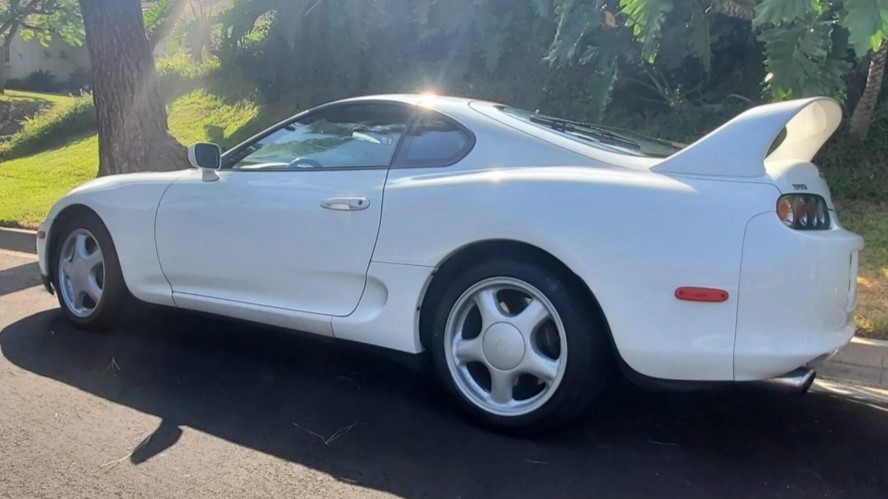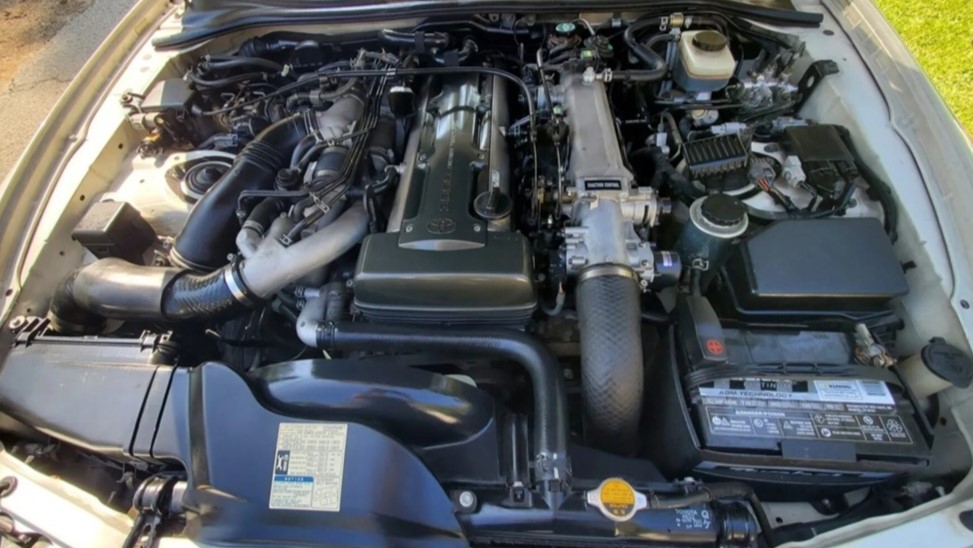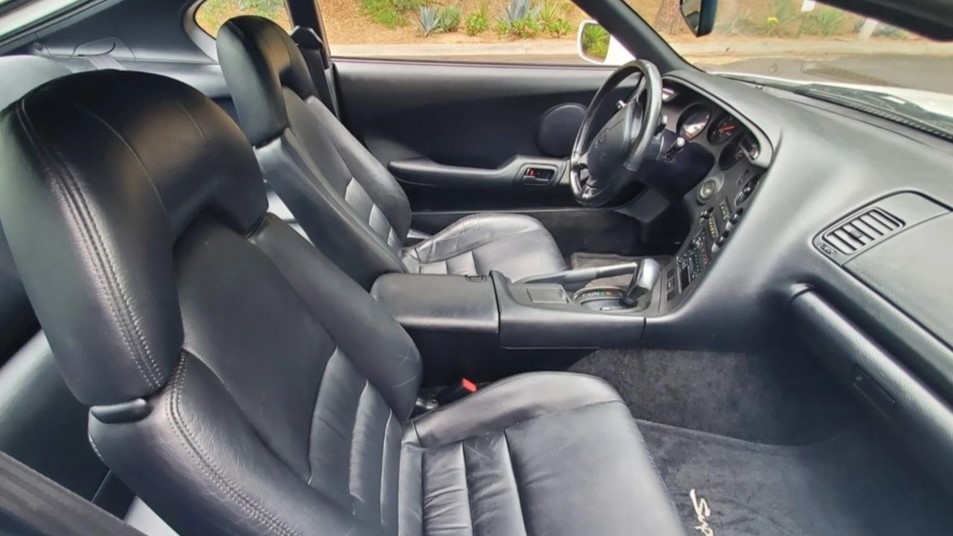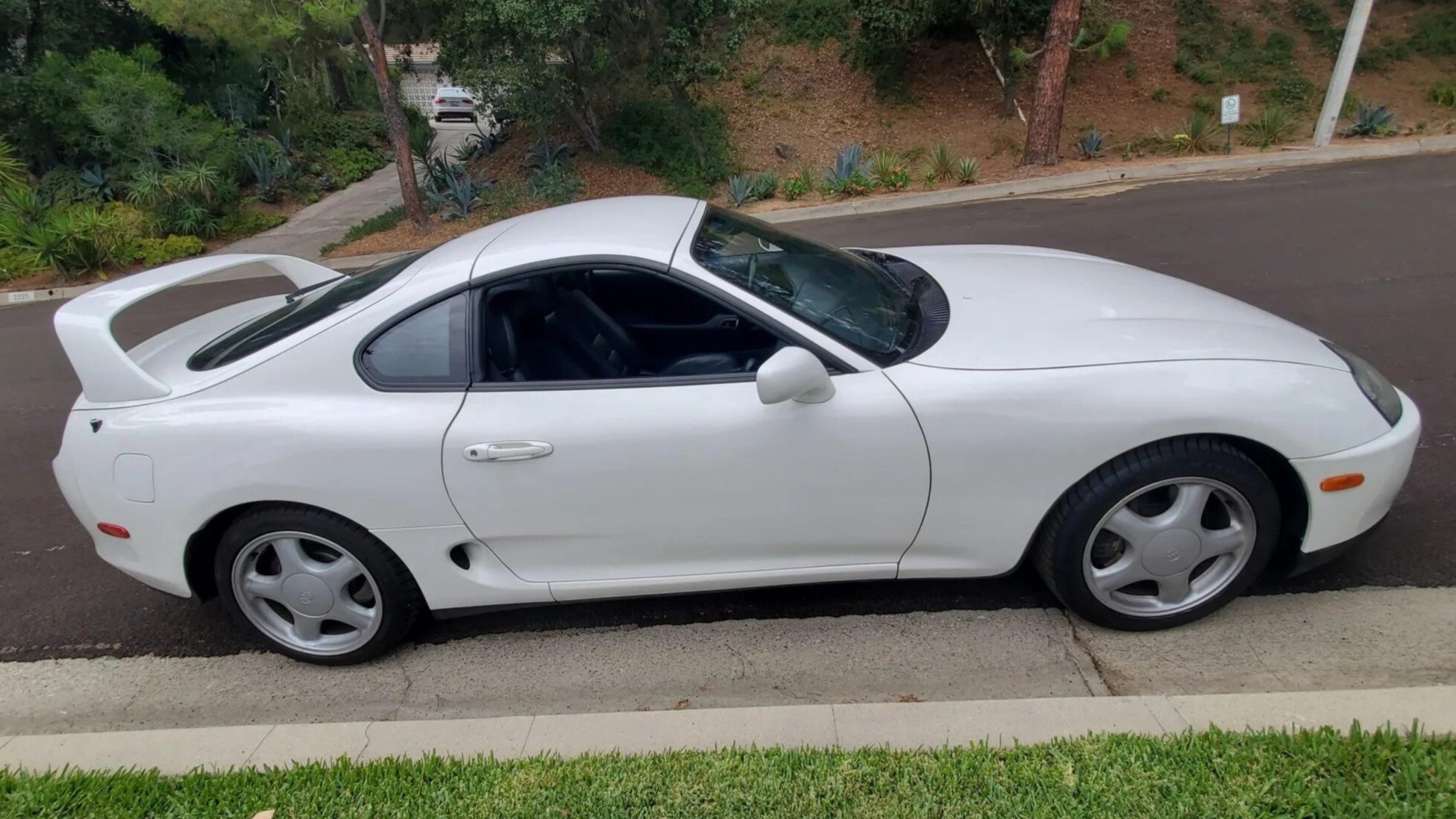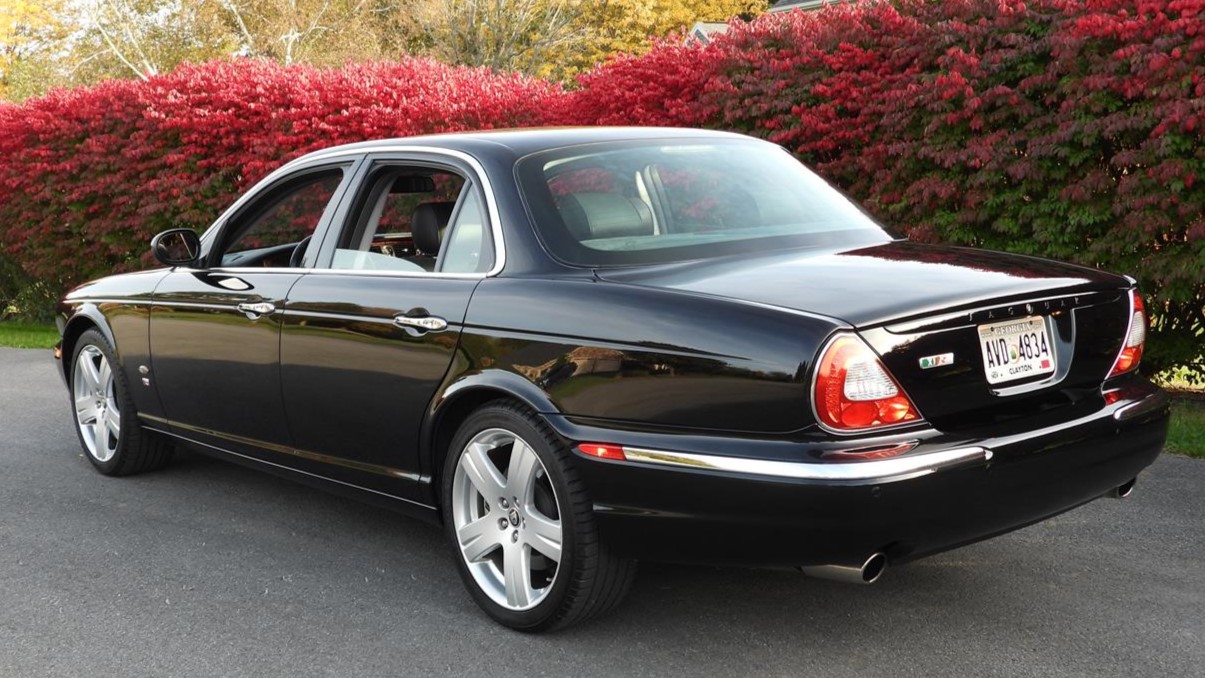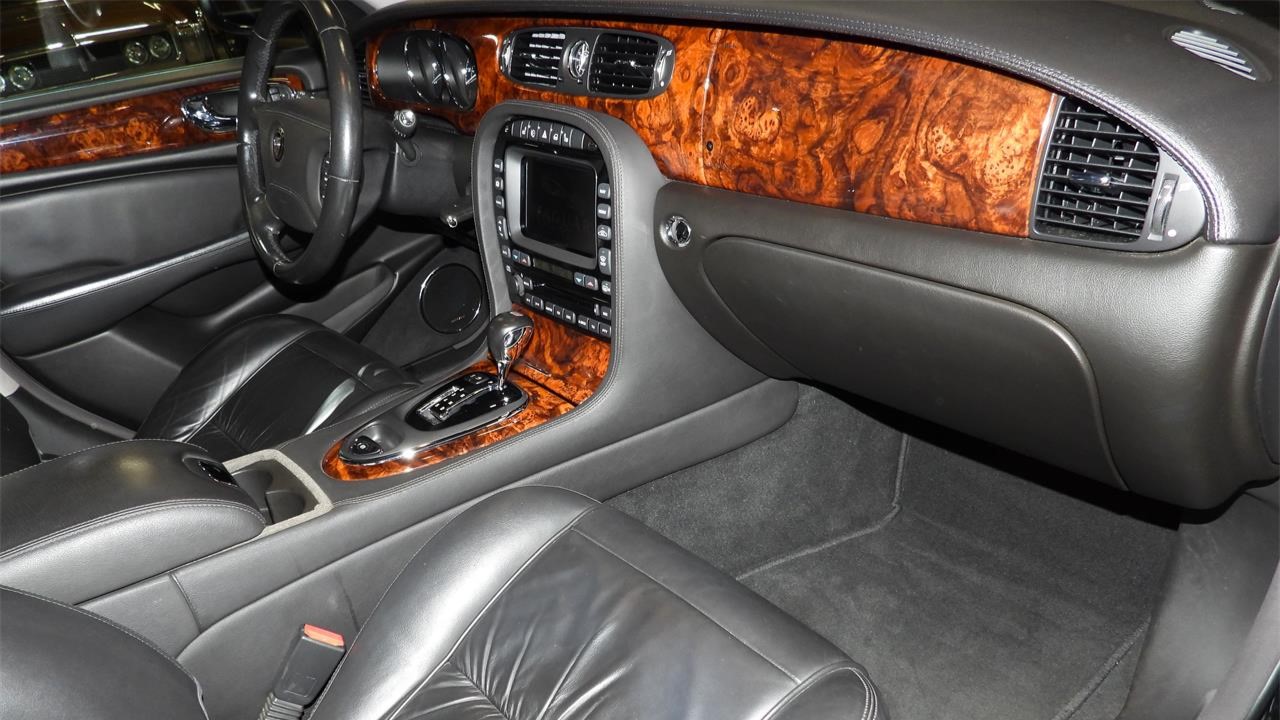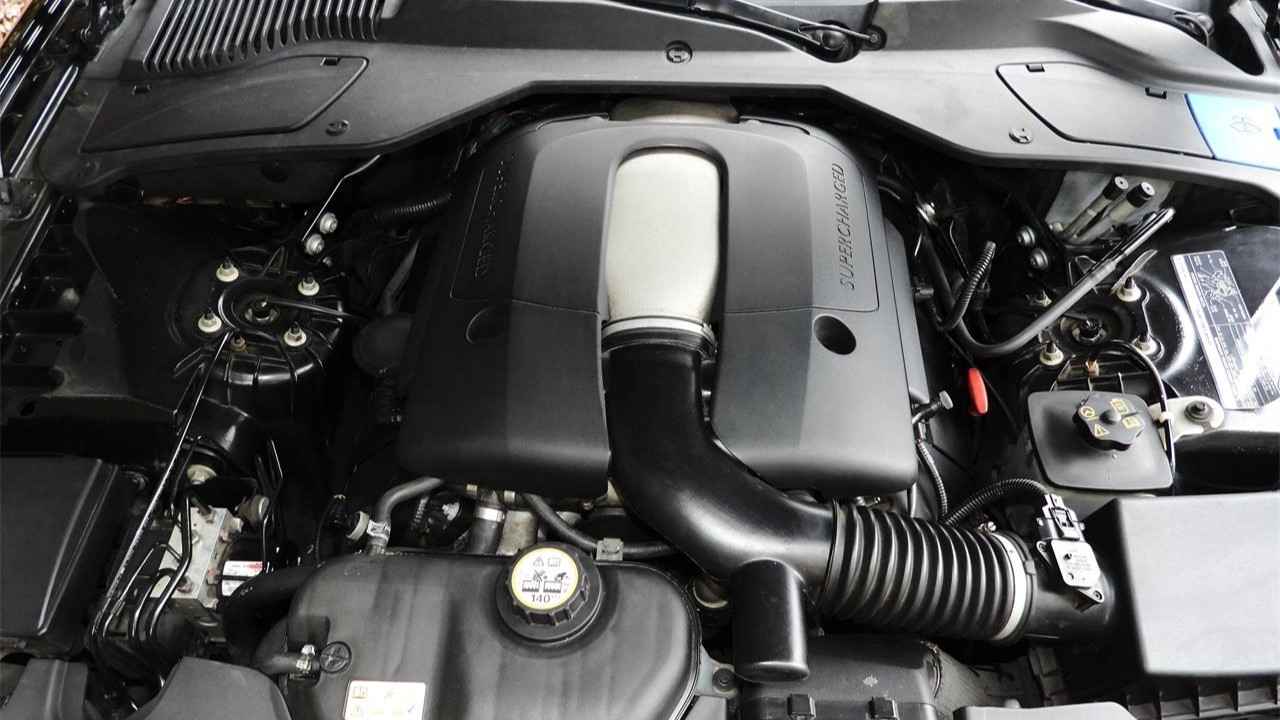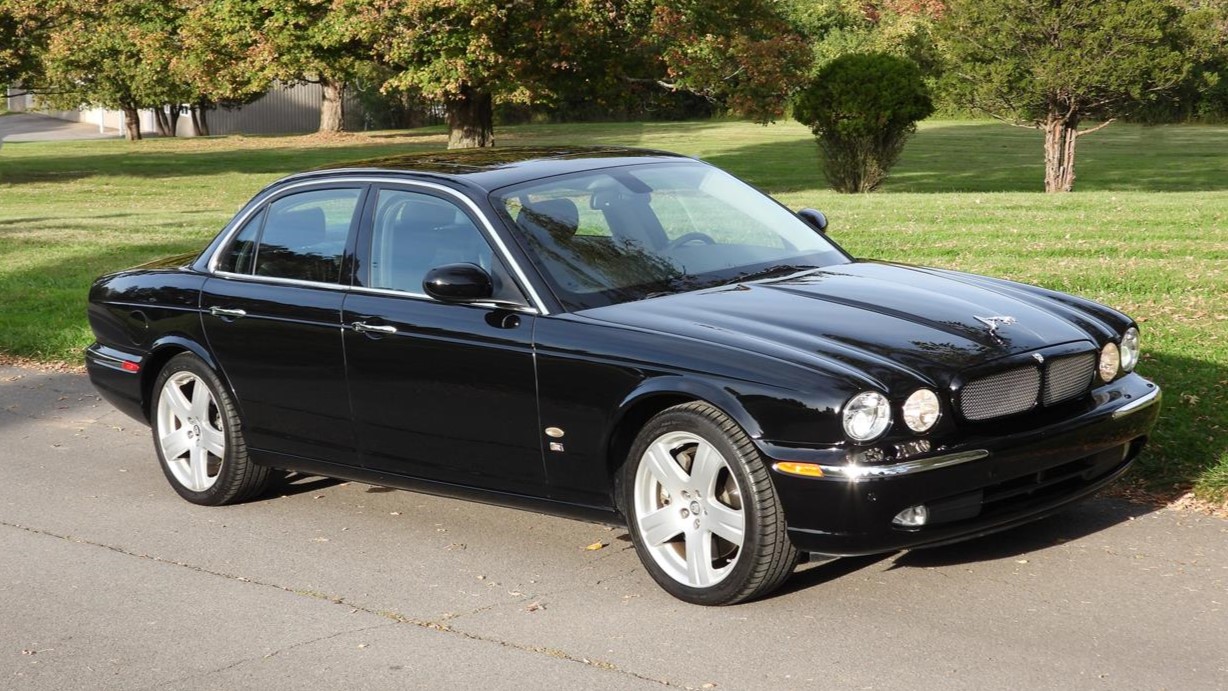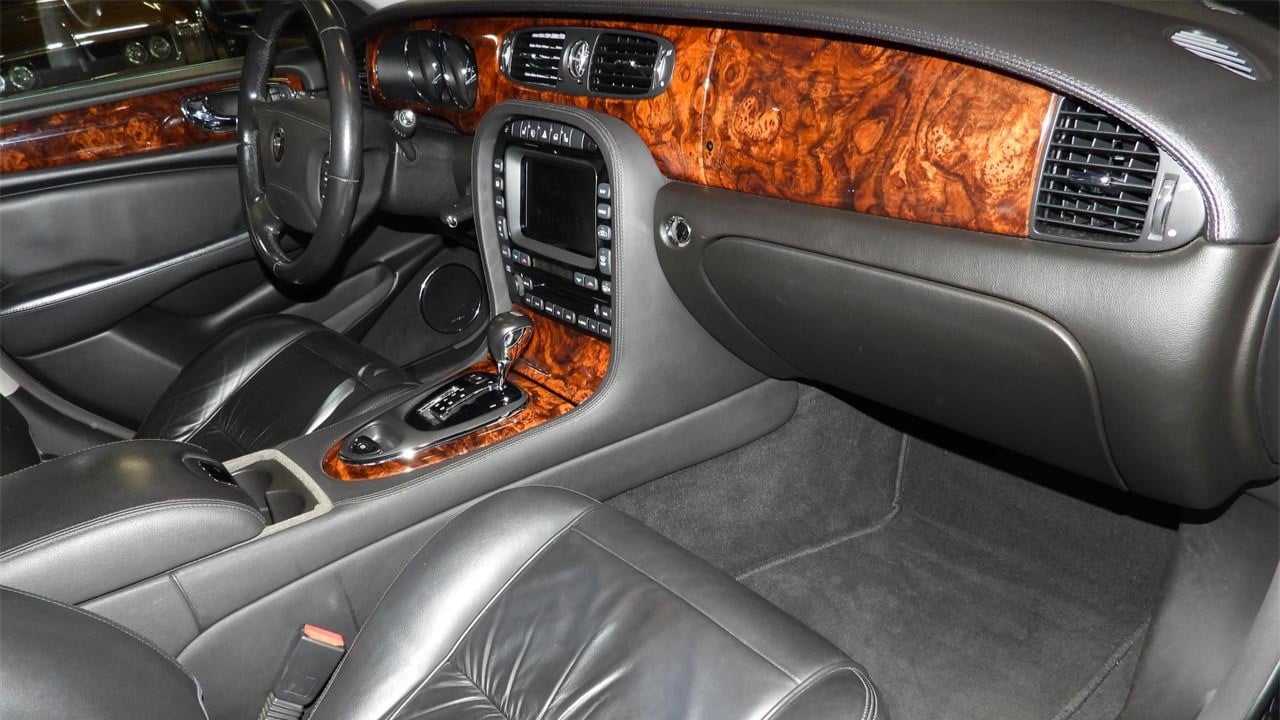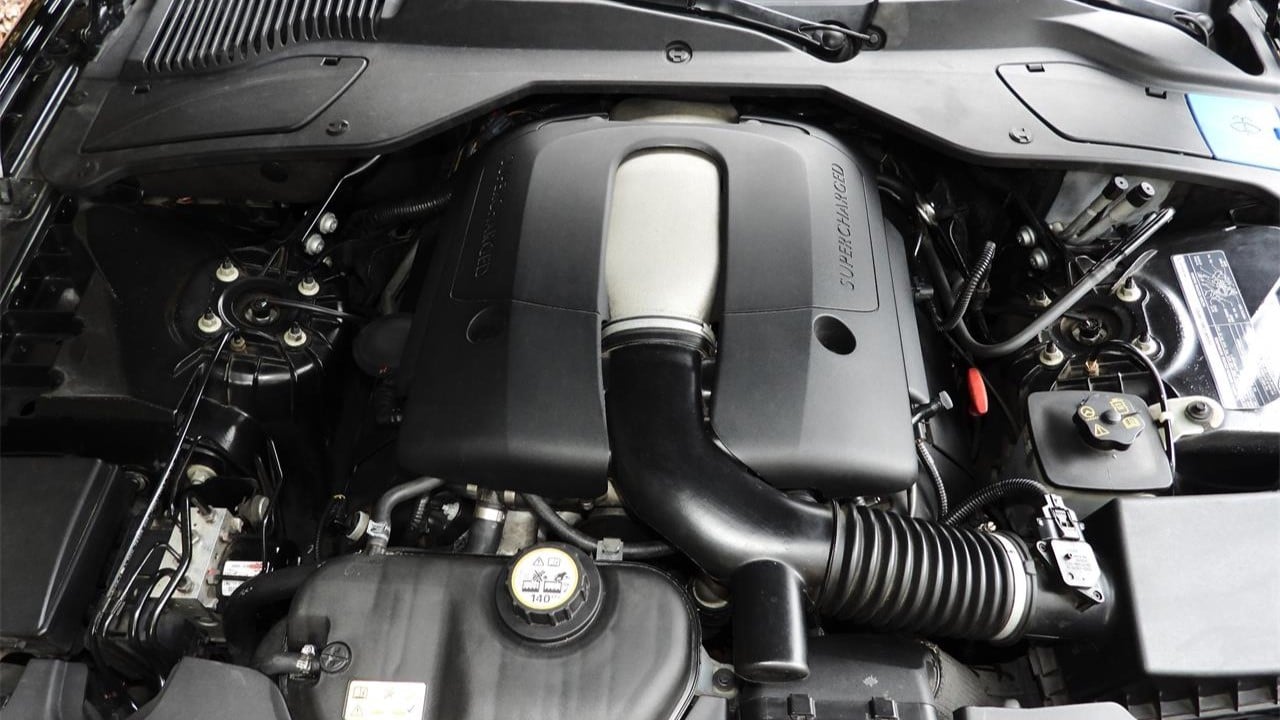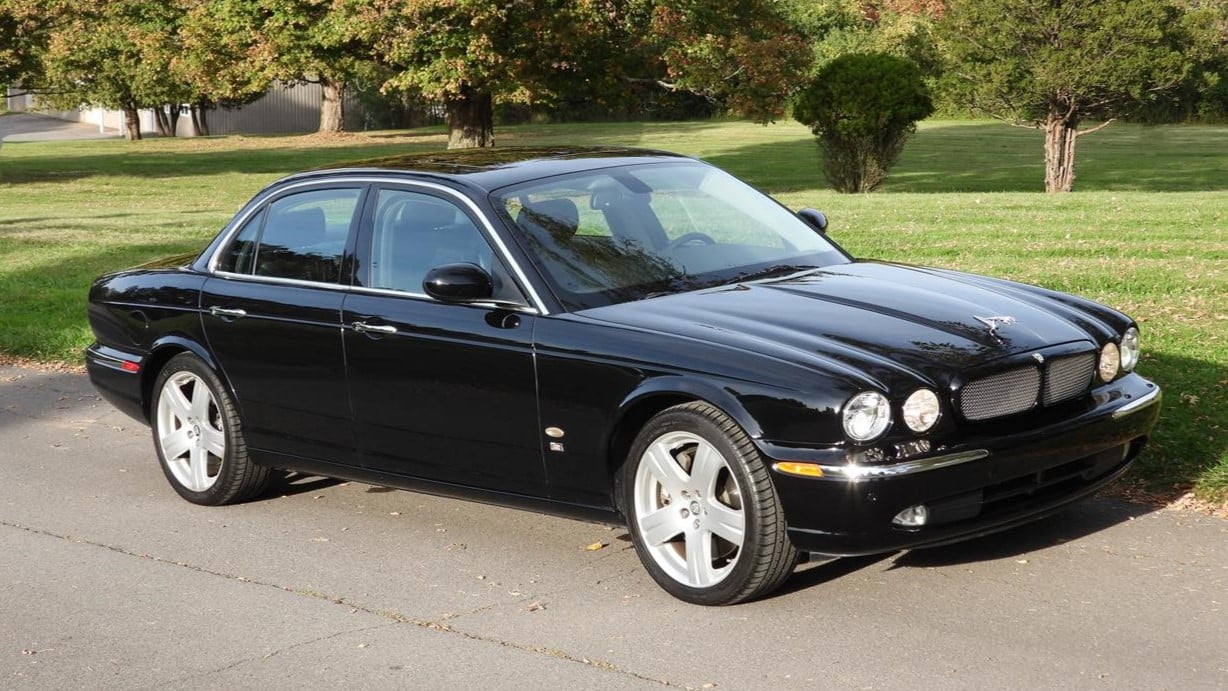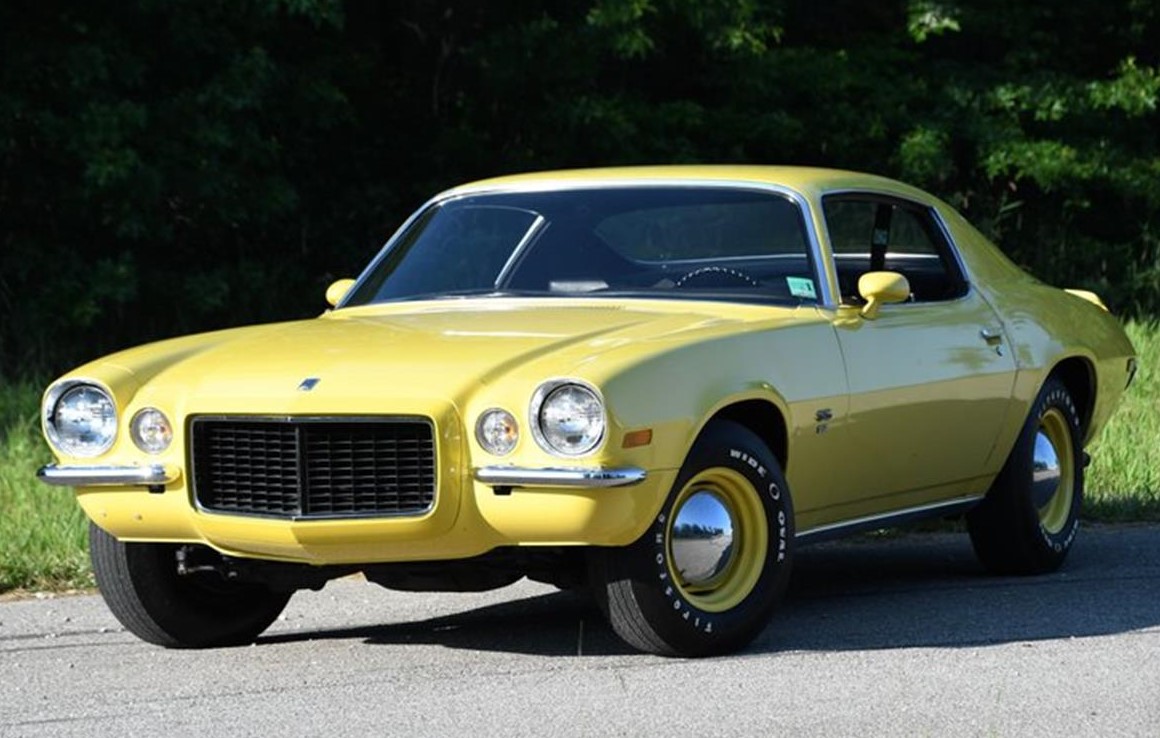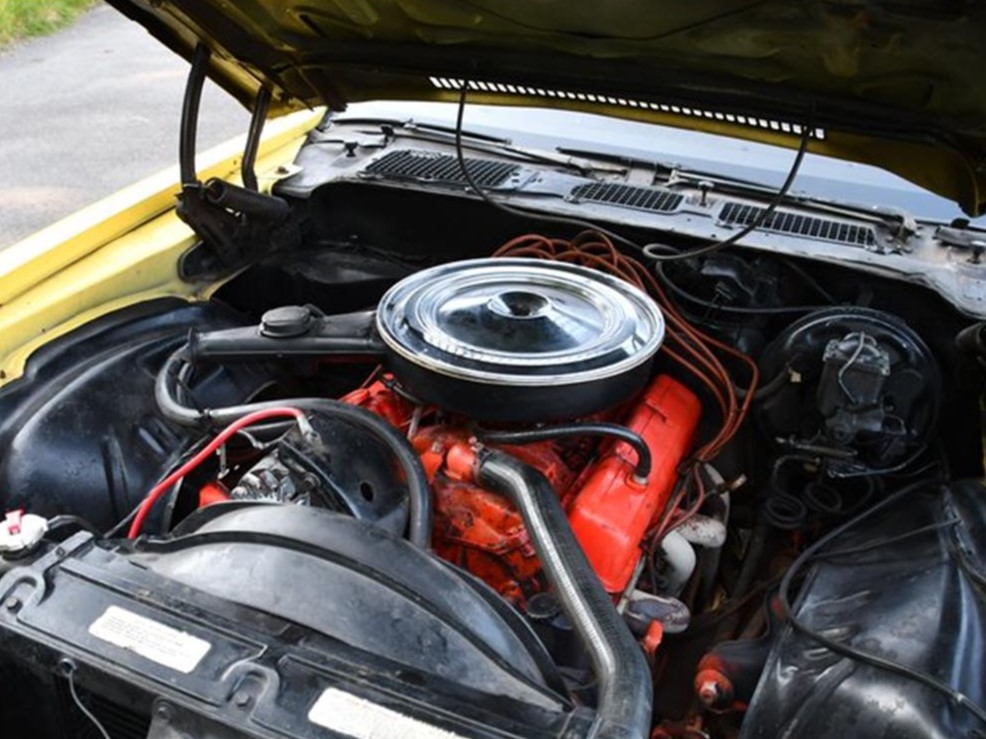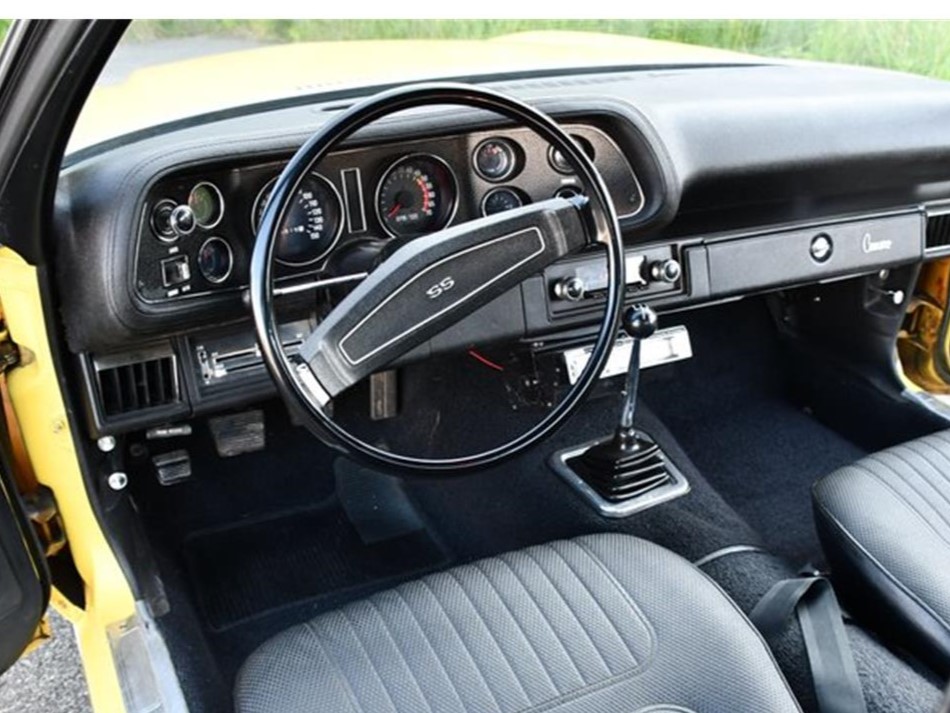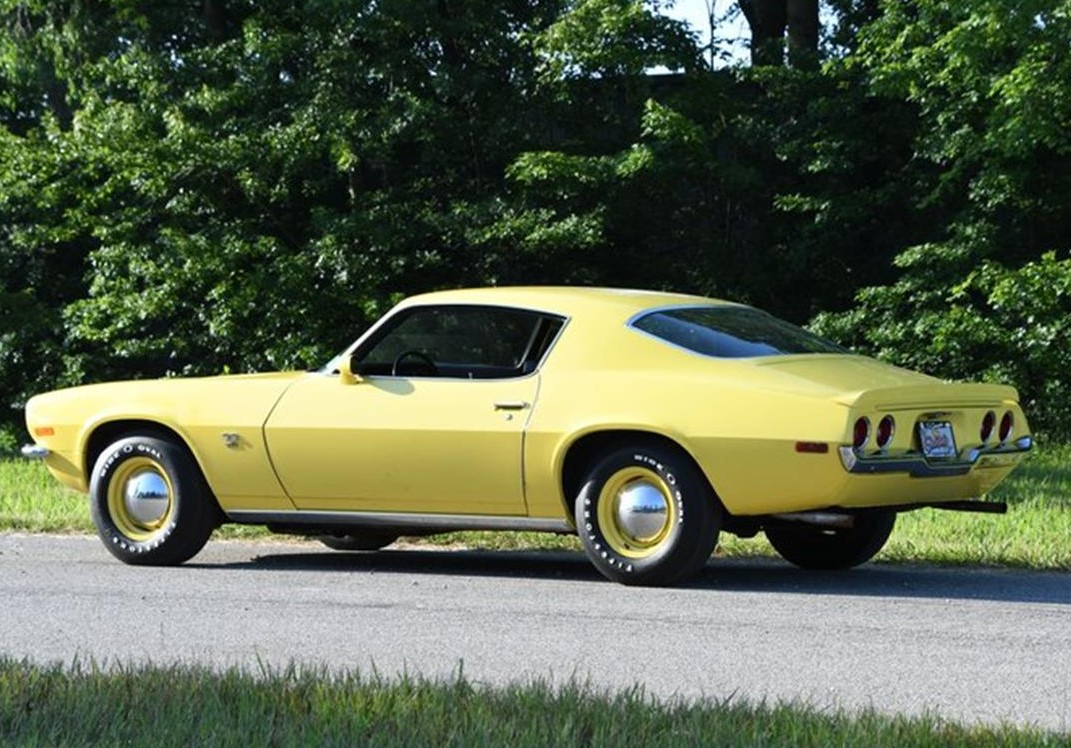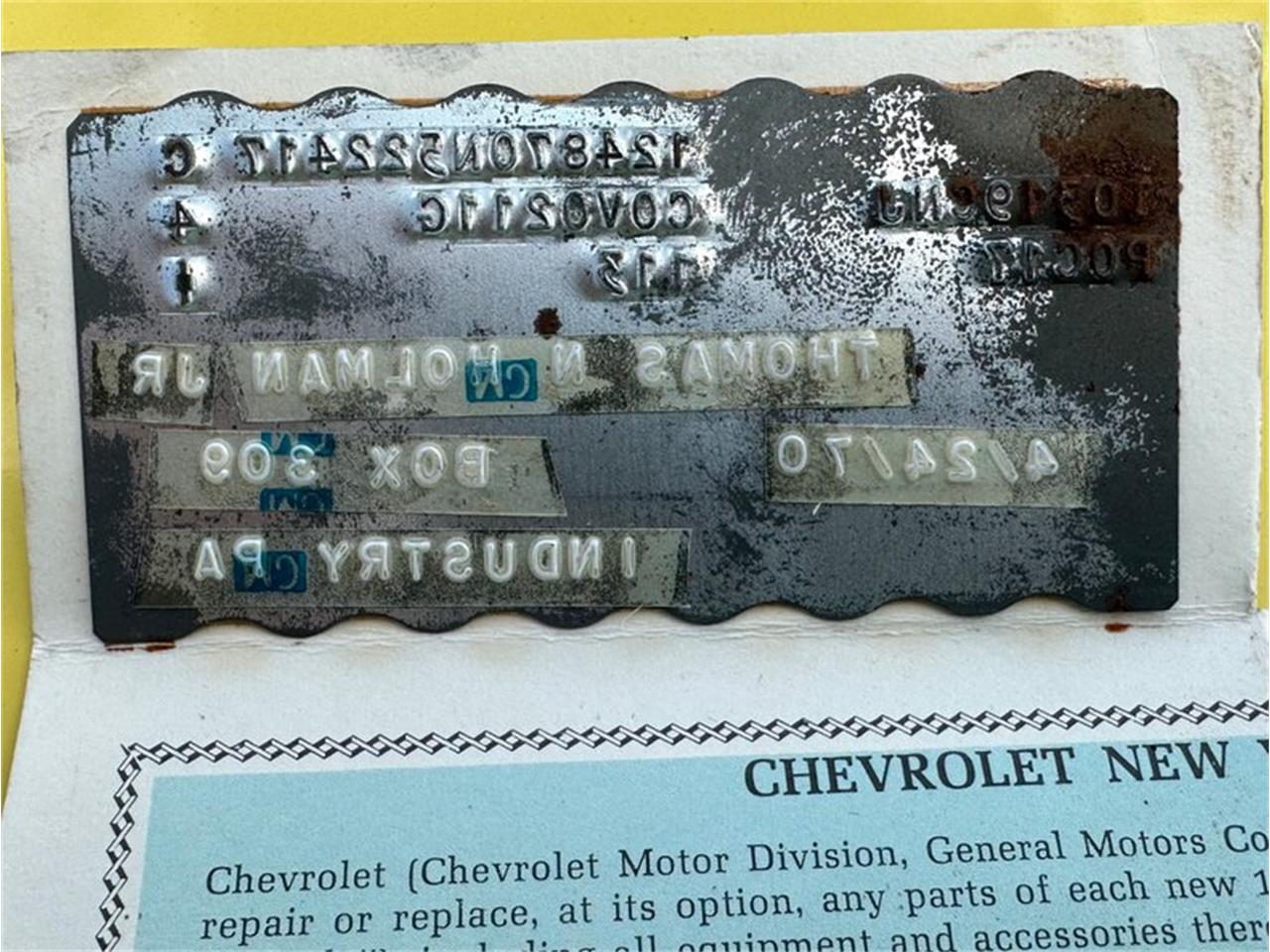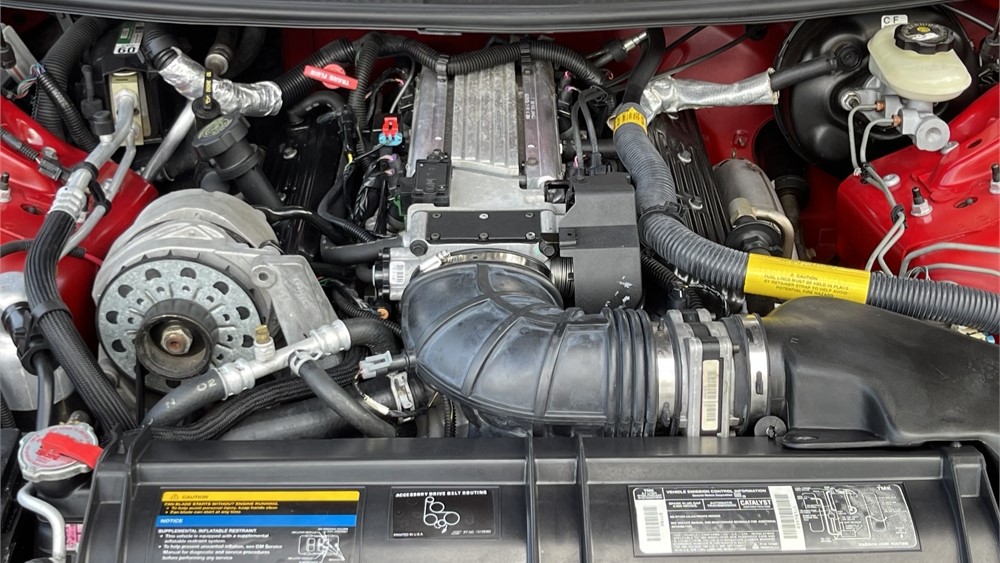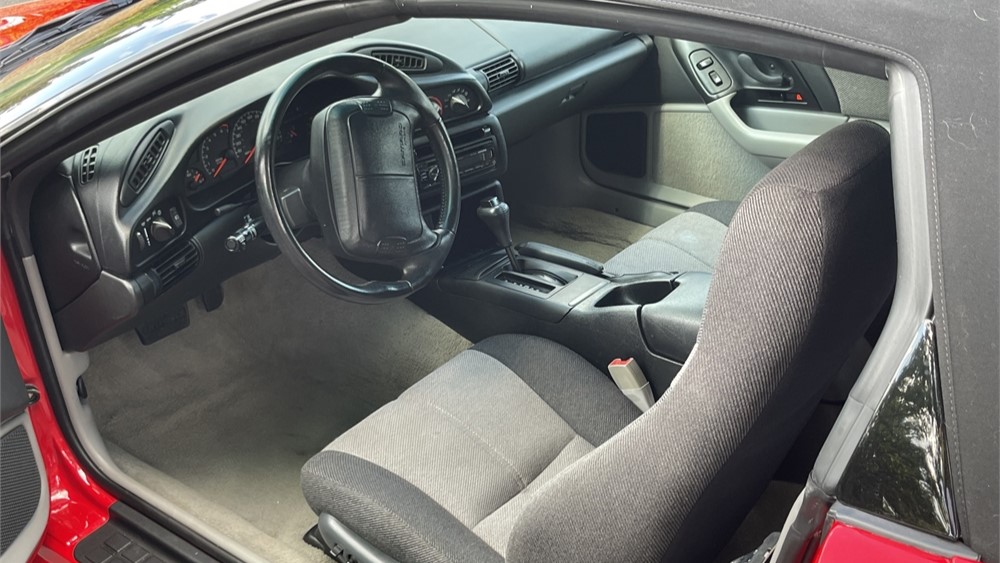Like some other young boys of my generation, my car lust was fueled in part by a book published in 1954 titled The Red Car, authored by Don Stanford. The novel was about a relatively poor kid growing up with a love of cars who, by a series of happenstance, was able to buy a partially wrecked MG TC—a small British sports car with two seats, wire spoke wheels, and a racing heritage—and repair it. Of course, the car was red and by the end of the story it brought the kid happiness, success, and a pretty girl.
Of course, my car lust started prior to reading the novel. Family lore has it that my first word was “automobile,” and long before I could read The Red Car, I could identify any kind of vehicle on the streets of Brooklyn, New York; apparently, I would interrupt conversations to do so. That habit, annoying to some, continues to this day when I see something remarkable on the road. My defense is that if I do not interrupt, the vehicle will be gone and only I will be able to enjoy the automotive eye candy. Typically, no one else cares, but I blame my obsession and annoying habit on The Red Car.
My family moved to Long Island when I was eight. There, I could drive legally at 17, and I initially borrowed my parents’ sedans to do so. But what I really needed was my own “red car.” How else would I achieve happiness and success, and get a pretty girl?
In those days, local used cars were advertised in our regional publication, Buy Lines, devoted to such vehicles. Every week, I scoured the pages for a “red car” I could buy with the $100 I had saved. I eventually found what I needed: a 1959 Renault 4CV, a small French car with a manual transmission, front bucket seats, and a four-cylinder engine in the back. In my mind, it was like a Porsche, but different. Of course, it wasn’t a British sports car, and it wasn’t red, but it was going to be mine.
The 4CV’s engine made 28 horsepower, at a time when the more luxurious Renault Dauphine offered 32 hp and a Volkswagen boasted 36 hp. The car also offered four doors and four seats, but the front doors were hinged at the center post, along with the rears, that created an odd reverse “suicide” arrangement. Significantly, the Renault before me featured a floor shifter, was within my budget, and it ran.
Truth be told, it didn’t run all that well. Having purchased the 4CV, the engine just stopped on the way home, 4-½ miles into the 5-mile trip from the seller’s location. Fortunately, the Renault was both small and light enough, enabling me to easily push it the rest of the way home.
The first problem to solve was why the car wouldn’t run. It turned out to be an easy repair once I learned the nuances of points and plugs. It ran fine after that. Next, I had to work out the “red” problem. A little sandpaper, a fine bristle brush, some masking tape, a quart of red paint, and a few hours of labor, and I had a red car. It looked good, but to make it closer to sporty I added three white racing stripes on the car. Pretty spiffy.
My Renault had an AM radio and a sunroof, and it usually ran. Unfortunately, the engine’s internals were worn, and it smoked and leaked oil everywhere. I didn’t care – I had my red car; my own wheels during the summer prior to my freshman year of college.
I learned all about simple automotive repairs. Things like changing water hoses, brakes, and fan belts, and even more challenging tasks like replacing a leaky water pump. I became a real grease monkey. Soon enough, the 4CV was reasonably reliable and I drove it all over Long Island.
Those who grew up on Long Island in the Sixties will recall that Nathan’s, in Long Beach, was the place to hang out. My girlfriend that summer was a folk singer. Nathan’s had an open mike hootenanny on certain nights. One evening she and I, and her guitar player, took my red car to Nathan’s so she could sing. Besides using a lot of oil, the Renault also periodically needed water. Typically, it would use half a quart every couple of days, so I carried a one-gallon container. On this night, after the show, I added the usual amount, and it still wasn’t full. I added the entire gallon and the radiator never filled. It finally dawned on me that I had parked on a slight grade; water was leaking out of the engine and rolling downhill in front of the car. I had not seen the puddle because the radiator neck poked out the back. Opening the rear hood, I found a burst radiator hoses. Luckily my girlfriend used a capo on her guitar, a clamp that fits on the neck to change pitch. Between the capo, more water, and some aluminum foil from Nathan’s – wrapped around the hose clamped together by her capo – we made it home. I had also loosened the radiator cap so there would be no water pressure.
Towards the end of my sophomore year, I talked my parents into letting me drive my 4CV to college in upstate New York. The 160-mile trip took nearly eight hours with frequent stops for oil, water, and gas, not to mention that my tired 28 hp engine was no match for the hilly Taconic Parkway. The Renault’s 59 MPH advertised top speed when new was more like 30 in places. Eventually I arrived in Troy, where the Renault was driven between my fraternity house and campus. On weekends it was my date car.
One night my buddy and I took our girlfriends to a drive-in movie. We drove up the embankment, pointing the front end towards the screen, hooked the speaker to the driver’s window, and settled in to watch the film. At some point, someone moved, and it was enough to cause the brakes to slip; the 4CV rolled backwards. Apparently 550 pounds of passengers in a 1,200-pound car was pushing things.
When we rolled back, the speaker wire stopped us cold. A full-size car would have simply broken the wire; however, the speaker merely slid forward on top of the window until it was wedged in the front corner of the door and anchored the 4CV. Due to the door configuration, I could not open it. To get us free and back into a viewing position, I had to drive forward, but the engine couldn’t do it. Thus, my buddy and our dates had to get out and assist the engine with a push amid the cheers and jeers of others around us.
The adventures with the Renault continued. Eventually, the engine bay was coated with oil and the fan belt started to slip. I found that a lawn mower fan belt was half the price of an automotive belt; a significant budget consideration, so that’s what I purchased as a replacement. It wasn’t long before I learned why there was a price difference. Lawn mower belts were made of rubber that broke down when coated with oil, but automotive belts had greater resistance. Thus, shortly after a new lawn mower belt was installed it would slip and disintegrate.
I drove the car anyway since the belt only turned the generator and not the water pump. The problem with using a slipping, disintegrating belt was that it would drain the battery. As long as I could avoid using headlamps I could drive for about a week before the battery died. Fortunately, the Renault had an emergency crank I used for starting when I was without a fan belt. Starting the engine with a crank was not a big deal. If the battery had some power, the car would run. I learned it was time to buy a new fan belt when the battery was so dead merely stepping on the brakes – thus activating the lamps – used whatever voltage was left and caused the engine to stall. Silly ingenuity took over at times like these; I would open the door and slide my foot to stop the car from slow speeds, and thus not stall the engine. More than one trip to the lawn mower store ended this way.
My time with the first red car ended shortly after my sophomore year when a fellow student begged me to sell it to him. Sadly, for him, it caught fire on his drive home to show his parents. Apparently, an oil coated engine is not only messy but dangerous too. Lesson learned. He was a hockey player, and I spent the next two years avoiding him. I never again sold a car to someone I knew.
The red Renault was just the first. It was followed by a black Triumph, then a British Racing Green Jaguar, and a green Griffith, followed by a blue Austin-Healey, a black Sunbeam Tiger, and many others. My passion for cars has continued over some 55 years and about 50 cars. So far, I have had the “red” British sports car several times: happiness, success, and the pretty girl. I am still waiting for the red MG-TC, though.
